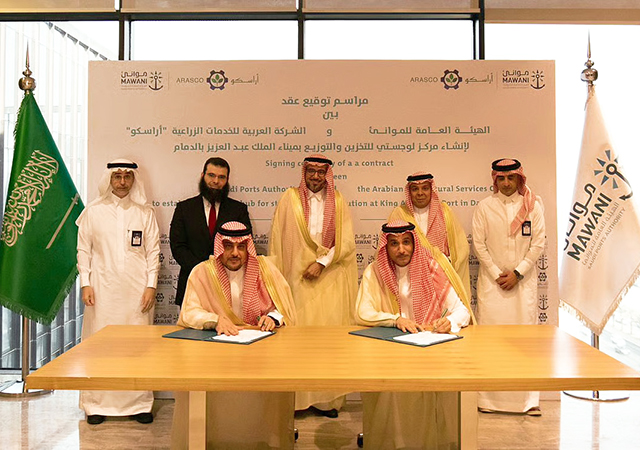 VAE-based caulks ... Wacker to the fore.
VAE-based caulks ... Wacker to the fore.
Wacker says its Vinnapas vinyl acetate-ethylene (VAE) copolymer dispersions are ideal for formulating high-quality sealants for heating, ventilation and air-conditioning (HVAC) systems.
HVAC systems deliver hot or cold air, as appropriate, through an extensive duct network to individual rooms to bring them to the required temperature. These air ducts are commonly sealed to prevent exhaust air from escaping, and so save energy costs.
According to PwC, energy usage will be one of the biggest challenges in the UAE, as it has grown at an annual average of four per cent over the past six years. Currently, the cooling of buildings represents about 70 per cent of the peak electricity load in the GCC. Poorly sealed HVAC air ducts contribute significantly to high energy consumption. Leaks in the ducts that transport the hot or cold air into individual rooms can add hundreds of dollars a year to utility bills.
“Sealing of the metal ductwork is easy with the aid of flexible sealing compounds,” says Dr Martin Schierhorn, responsible for global strategic marketing of VAE-based coatings and caulks and sealants at Wacker. “Polymer-based systems, for which Wacker has been supplying VAE dispersions as binders since 2009, are particularly suitable for this. They provide the water-based sealants with the necessary adhesion, stability and flexibility. In addition, Wacker’s VAE dispersions are heat-resistant and retain their outstanding adhesive properties even when exposed to high temperatures.”
Depending on applications and requirements, Wacker offers different Vinnapas grades that are suitable for the formulation of sealants. With the right grade, the finished formulations show excellent bonding, even to difficult substrates such as PVC (polyvinyl chloride) and metal. The various grades furthermore possess high filler acceptance.
 |
|
Dr Schierhorn ... VAE benefits in focus. |
Schierhorn says Wacker’s VAE dispersions have a clear advantage compared to alternative binders. “The VAE can be produced from a range of different raw materials. One possible starting material is natural gas, the price of which is virtually constant compared to that of crude oil. This allows Wacker to offer price stability. There is growing demand for the implementation of simple energy-saving measures, such as sealing ventilation ducts.”
Furthermore, Wacker’s VAE dispersions are also ideal for formulating caulking compounds based on calcium carbonate or similar fillers, Schierhorn adds. The dispersions, he says, lend the compound the necessary flexibility and ensure that the sealant retains its adhesion and provides reliably tight joints, even under heavy loading. Unlike other systems, the VAE-modified version can create a stable bond between two different surfaces, for example, sealing the seam between a wooden baseboard and gypsum-based drywall. The same applies to wooden trim work like chair rails and crown mouldings. Another big advantage is that VAE can also be painted.
In the long term, however, Wacker wants to try and open up further applications as well, says Schierhorn. “The team is currently testing formulations with VAE dispersions for assembly adhesives that are suitable for installing drywall, for example. Wacker’s binders serve as ideal bonding agents between gypsum plasterboards and timber frames.”
Wacker, which recorded annual sales of around €4.6 billion ($5.5 billion) in 2016, has a global network of 23 production sites, 19 technical competence centres and 49 sales offices.
The global giant set up a local subsidiary (Wacker Chemicals Middle East) in Dubai back in 2000 and has been operating its own sales office there since then. A technical centre has been available to regional customers and partners since 2002. In 2009, Wacker moved to the Dubai Silicon Oasis technology park: Spanning nearly 13,000 sq m, the new location houses technical labs as well as the offices of Wacker’s subsidiary for the Middle East sales region. In spring 2010, Wacker further established a local branch of its international training and competence centre, the Wacker Academy, at its technical centre in Dubai.






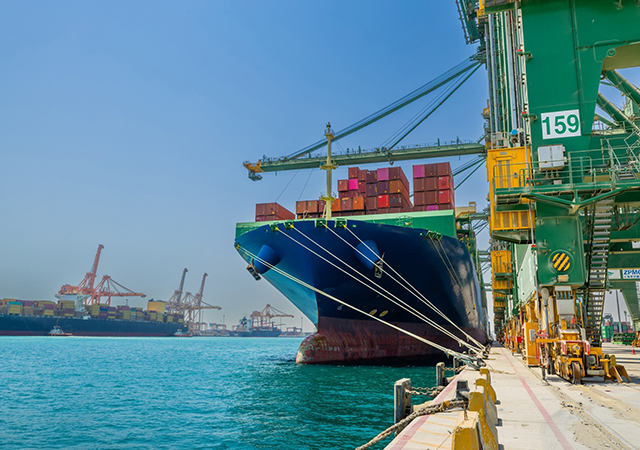
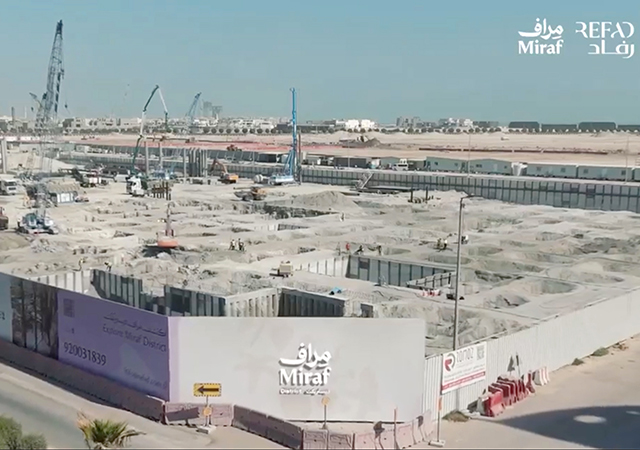
.jpg)




.jpg)

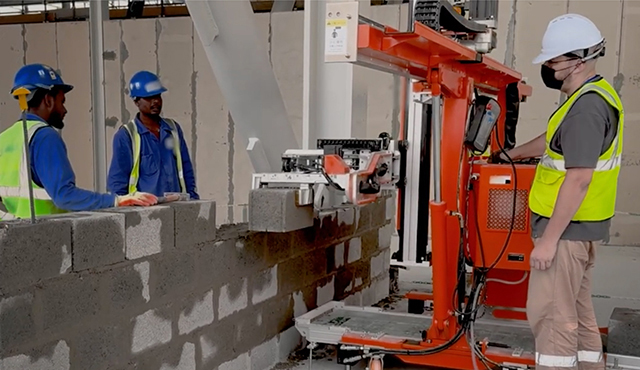

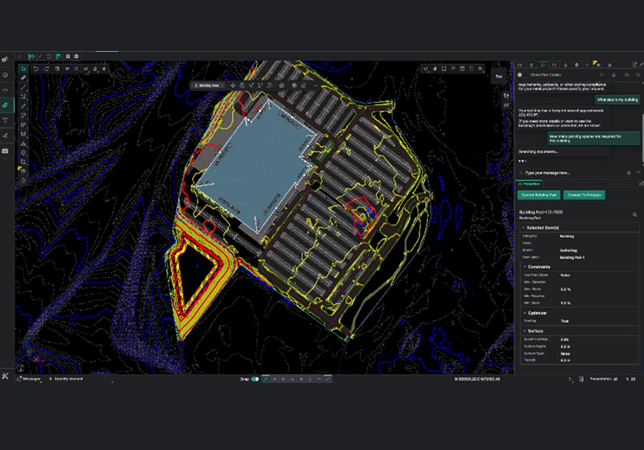



















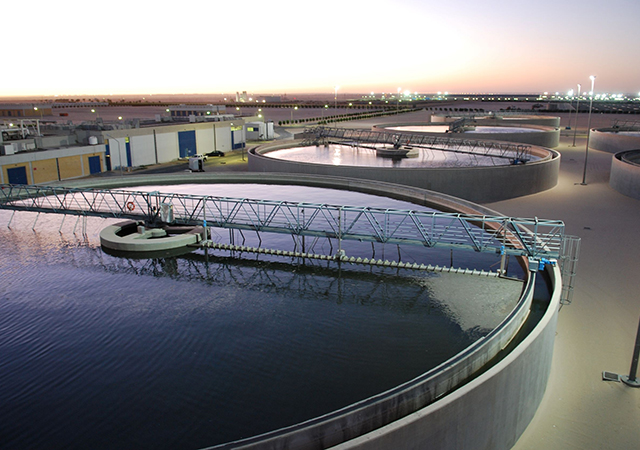




.jpg)




